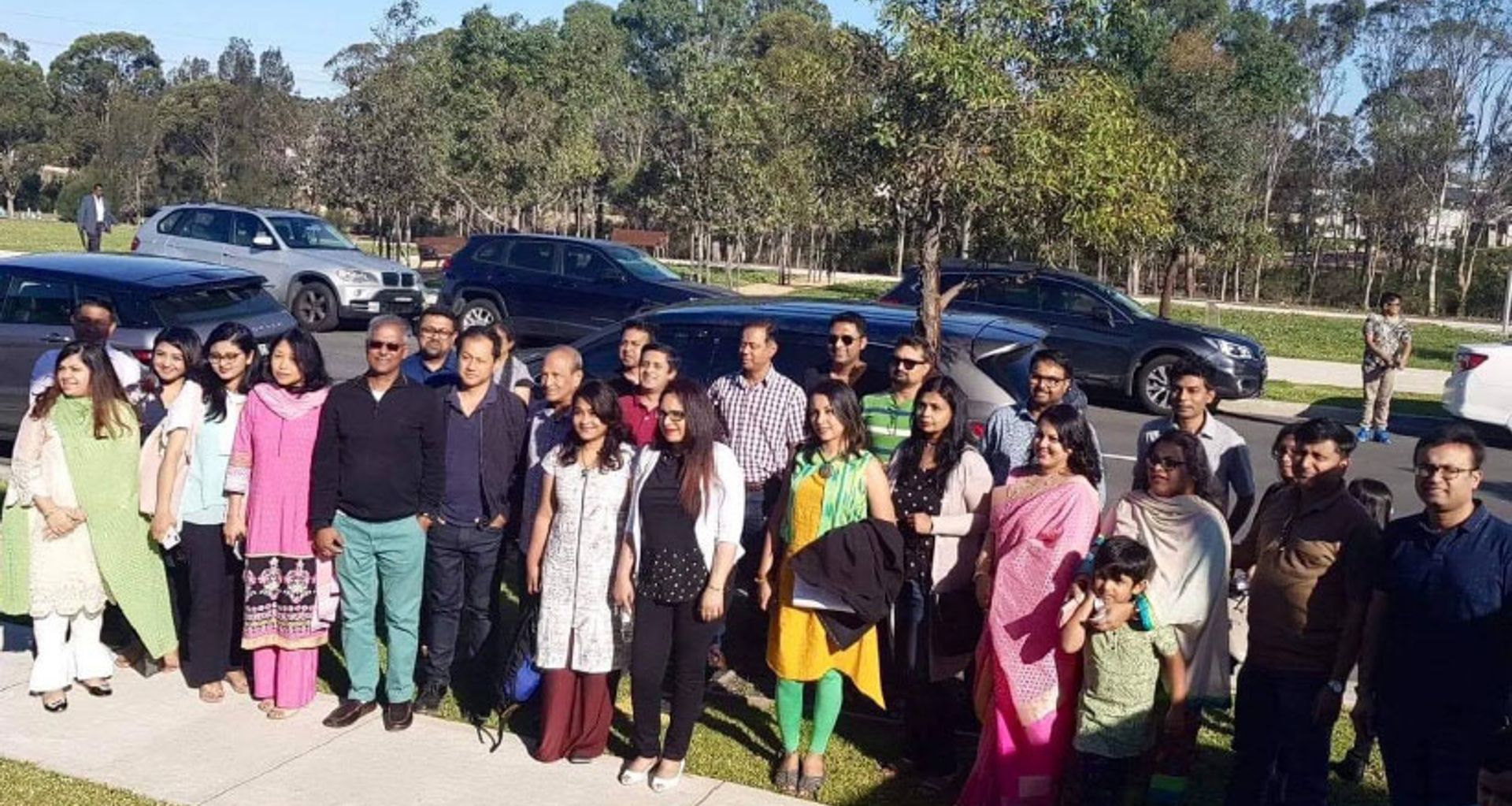Bangladeshi Architects in Australia – Iftekhar Abdullah

Like many others in Australia, I am an immigrant and have found this to be an amazing country. As an architect from Bangladesh, I have found both much joy as well as sadness through my experiences of finding my place here.
Soon after completing my Master in Urban Design in 1993 at The University of Sydney, I set off looking for a job, full of hopes and dreams. However, by my thirtieth rejection letter, I found that without local experience I couldn’t get much closer to my dream job. Trying to find local experience without knowing anyone as well as being an immigrant meant it was almost impossible, leaving me greatly frustrated with my circumstances. I tried many different ways, until I eventually managed to get the opportunity to create an office layout for what was previously known as the Social Security Office, granting me a recommendation letter and reference. My teachers at the University of Sydney tried to help me by providing recommendations since I had done quite well in my studies. However, finding limited opportunities I relocated to Malaysia to pursue a job offer from HKAS Architects in 1994.
When I returned to Australia in 2000, I had the experience from my role as team leader in various projects in Malaysia like Putrajaya, but found myself once again desperately searching for a job – this time with the added pressure of supporting a wife and baby. I eventually landed a job at Woodhead Architects and this gave me the opportunity to meet many architects working in Sydney.
I am now the owner of my own company called ideas – iftekhar + design associates. I try to involve diverse voices wherever possible, whether through my hiring habits or by providing support to those I can who are immigrating to Australia. In my experience, whenever talent from diverse backgrounds has a place in design, there’s a higher chance of creating an innovative end product. I aim to help more people gain the opportunity to share their talents in architecture and encourage more businesses to employ people from other countries as well.
I am also one of the founders of Bangladeshi Architects in Australia (BaA), which was formed with a backyard BBQ dream in 2004. The dream was to reinforce our ongoing relationships with the Australian Institute of Architects and the Institute of Architects Bangladesh as a group of professionals to share knowledge, experiences or just to have good times together. Another part of the dream was to create an environment of ongoing support for the younger architects coming from Bangladesh to settle here in Australia with skills recognition and registration. BaA has currently around 65 members in five cities.
BaA members spread knowledge through exhibitions and events. Paul Pholeros had been a great contributor to some wonderful projects in Bangladesh, as well as in many other countries. We are very grateful to him for all the wonderful work he has done. To show our appreciation, we are planning an event next year with the NSW Chapter to celebrate Paul’s achievements.
Bangladeshi Architects in Australia acknowledges the tremendous support from the Australian Institute of Architects, Institute of Architects Bangladesh, ARCASIA (Architects Regional Council for ASIA), CAA (Commonwealth Association of Architects) and major universities in Australia.
Reflecting on my journey I am reminded of those whose support has been foundational to my successes in Australia. I must acknowledge Prof. Peter Webber, Prof. Peter Armstrong and Dr Simon Combe of The University of Sydney; Alec Tzannes, former national president of the Australian Institute of Architects; and David Holm, former director at Woodhead Architects.
Iftekhar Abdullah is the principal architect/director of ideas – iftekhar + design associates and a founding member of Bangladeshi Architects in Australia.
‘In my experience, whenever talent from diverse backgrounds has a place in design, there’s a higher chance of creating an innovative end product. I aim to help more people gain the opportunity to share their talents in architecture and encourage more businesses to employ people from other countries as well.’
